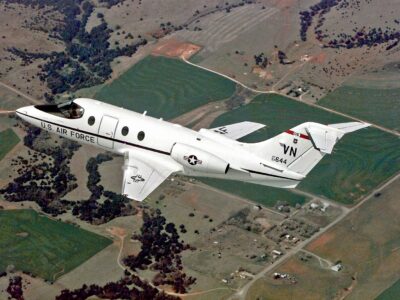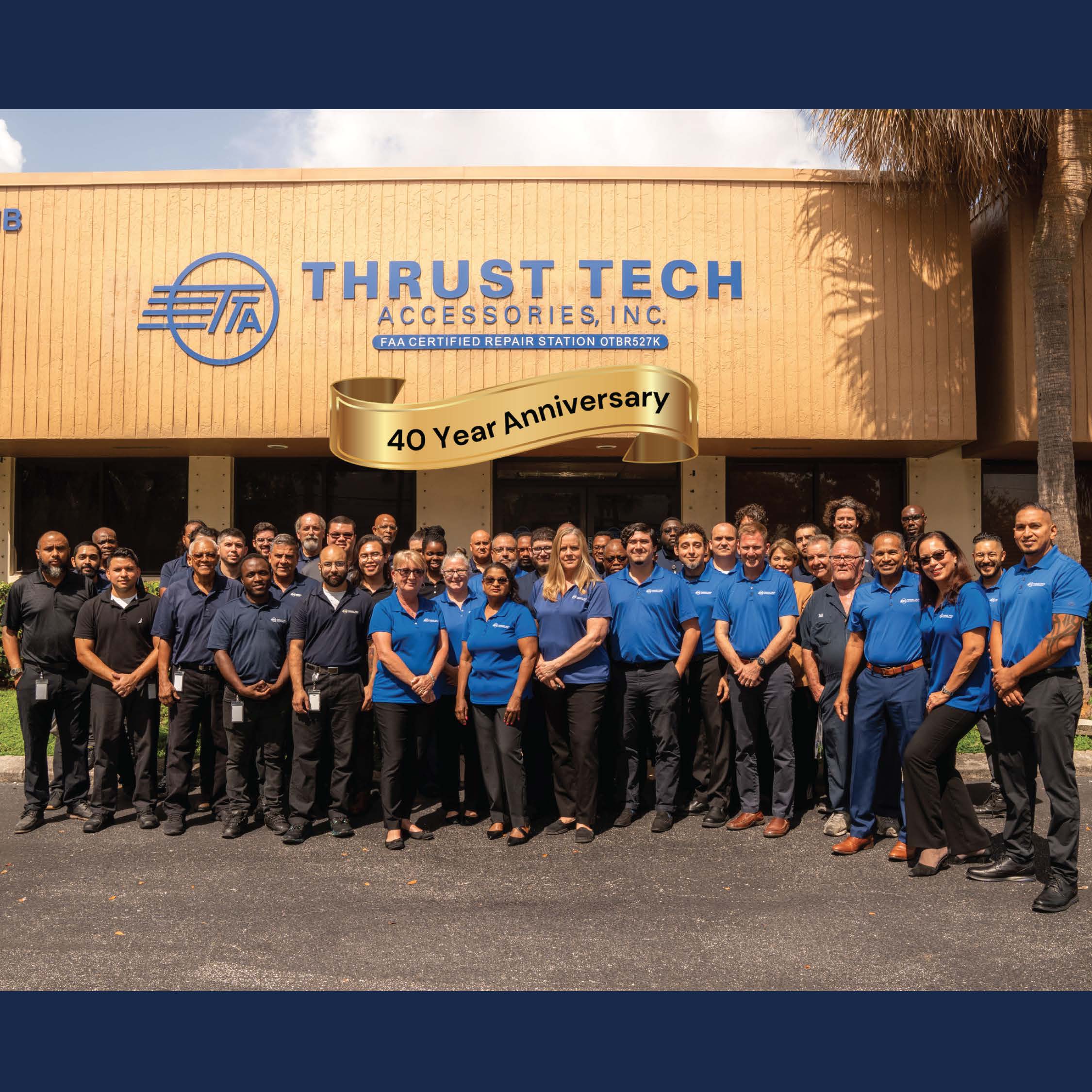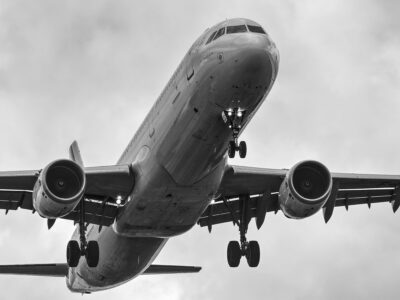Private jets are no longer solely a “luxury spend” by high-wealth individuals or celebrities seeking to protect their privacy and avoid crowded airports. Yes, those valuable clients still do and need that, but increasingly, Thrust Tech Accessories (TTA) is seeing a new trend – the rise of private business jet usage as a competitive tool in a corporate world moving almost at the speed of light.
“Time is money, as they say, in the fast-paced business world,” says Stanley Kowlessar, General Manager of Thrust Tech Accessories, “and private business jets can make a company more competitive, enhance overall productivity, and even help shift market share.”
Gaining New Clients, Retaining Existing Ones
“Business jets are a critical asset for those companies that desire more revenue from new clients and, at the same time, exceed the expectations of their existing clients,” Kowlessar emphasizes. North America is at the top of the list as the largest business jet market, followed by the Asia-Pacific region, according to a Mordor Intelligence Report.
That report has valued the market for business jets at $15.25 billion in 2020, increasing to $17.86 billion by 2026. While some orders and deliveries have slowed in the short-term, Mordor’s report on market potential is clear: “No long-term effect has been observed on the market as the charter service providers’ (and other business jet providers’) fleet modernization plans have not been hampered.”
Most notably, “due to the increase in charter operations owing to the COVID-19 pandemic, the demand for business jets is expected to increase in the coming years,” the report explains. From TTA’s perspective, “yes, we’ve observed soaring charter jet usage,” according to Kowlessar, who also says aircraft operators tell him their clients are increasingly seeking charter aircraft services with precisely “the right aircraft” to meet their needs for passenger capacity, baggage, and even catering.
Soaring Demand, An Eye to Safety
“While demand has increased significantly, air charter clients want to assure that the aircraft they charter or the charter services company they choose is committed to proper maintenance and air safety,” he stresses, noting: “That’s absolutely critical for all of us in the aviation industry.”
He adds that some private aircraft owners or charter operators have taken the added step of hiring independent auditors for safety reviews. That helps reassure clients who fly on private jets by giving them “peace of mind” on the safety side. While those kinds of programs as well as new safety regulations can result in increased aircraft operating costs for owners, other efficiencies and new solutions for business jet ownership are available too.
More Perks, Greater Sophistication
“We’ve observed everything from fractional ownership to membership approaches to jet sharing,” notes Kowlessar. In addition, private jet charter firms are offering great perks to customers through preferred relationships for charter accounts. That can result in lower charter rates, fewer or no blackout dates, and the ability to secure a range of different aircraft types. That can ultimately mean increased charter business for the operator too.
Another trend is greater sophistication in the business-aviation sector as a whole. While business leaders, often younger, still value the “image and ego” benefits of private jet use with their customer base, they’re also increasingly focused on such perks as greater one-on-one accessibility to important clients, a smoother workflow and other corporate efficiencies.
An Evolving Market
Experts believe that the business jet market should continue to evolve as the pandemic eases and the tourism sector kicks back into high gear. For example, Kowlessar sees strong potential growth for charter operations in Latin America and Southeast Asia.
So, what type of business jets are most in demand? The light segment represented more than 43 percent of 2018 business jet deliveries, thanks to relatively lower operating costs, a lower purchase price and adequate range, according to a business jet market assessment by Grand View Research. New and versatile models are also helping stimulate growth.
But the large business jet segment brings more benefits in cabin comfort, speed, and greater range. And that’s projected to grow at a CAGR (compound annual growth rate) of 5 percent. Grand View projects that it could emerge as the fastest growing segment through 2025. In recent years, manufacturers such as Bombardier, Gulfstream, and Dassault Aviation have added large business jets to their portfolio.
To summarize, “moving forward, we believe business aviation is certainly shifting from simply being a nice luxury perk for executives, to a necessity for business success,” believes Kowlessar. “More importantly, it’s also becoming increasingly diverse in the type of jet aircraft used, and charter operations are growing in demand.”
So, when your company is in the “ready-set-fly” mode, give TTA a call to discuss any aviation maintenance and repair (MRO) questions or needs in the world of business aviation. Kowlessar’s commitment to both potential and existing clients is clear: “As a family-owned, veteran-operated company with 30-plus years of experience, we’re ready to help your business navigate the ever-changing aviation marketplace.
Contact Us
Thrust Tech Accessories is FAA/EASA Certified 145 Repair Station located in Ft. Lauderdale, Fla., for 30-plus years. TTA supports a number of regional airlines across the U.S., along with overseas air carriers and rotorcraft operators in numerous countries around the globe. For more information about TTA’s wide-ranging capabilities to support your fleet and to obtain competitive program bids contact us at TTAsales@TrustTech.com or call 954-984-0450.






